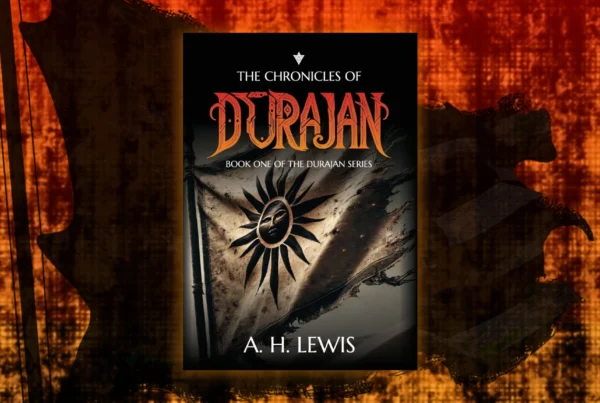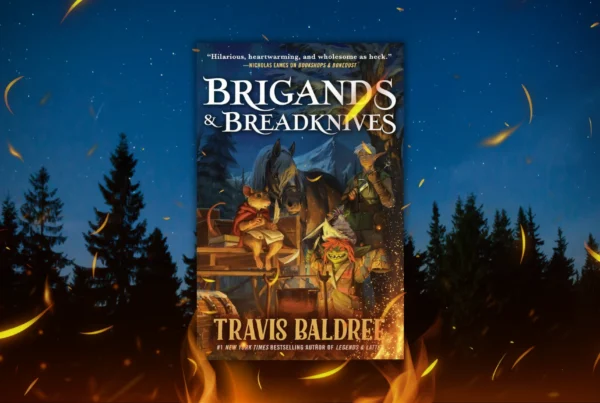Death of a Messenger
An anonymous 911 call leads to the discovery of a body on Pōhakuloa, a U.S. Army training base in Hilo, Hawai’i. The corpse is brutally mutilated in what looks to be a ritual sacrifice, tucked away in the underground passages left by ancient lava flow. Hilo Detective Koa Kāne is no stranger to the history of the Hawaiian Islands. He knows that ancestors were historically buried in the lava tubes, but he’s never encountered a murder scene in one. It’s a confounding case — and the gruesome display makes it clear that a sadistic killer is on the loose.
So begins Death of a Messenger (Oceanview Publishing), Robert McCaw’s electrifying new mystery. The third in his Koa Kāne series, McCaw pulls out all the stops to create a complex murder case that will have readers on the edge of their seats.
As Koa investigates the murder, he follows the trail from the lava tubes to the burial cavern of an ancient Hawaiian king. Legend has it that the location of a king’s grave would be passed down by his family from generation to generation, and would be guarded with the secret keeper’s life. Could it be possible that this practice is still alive and well?
Another clue takes Koa to the Alice Observatory, the world’s largest telescope facility at the top of Mauna Kea. It seems that the killer has connections with the scientists working at the observatory — but this new lead hits too close to home. Koa’s girlfriend Nālani is a technician at Alice Observatory, and now Koa’s worried that she may be in danger.
With so many clues leading in different directions, the murderer’s trail becomes more and more convoluted — and the stakes are growing ever higher. As McCaw spins his spine-chilling tale, Koa and the other Hilo detectives race to track down the killer before it’s too late.
CULTURE AND CRIME
Throughout the story, McCaw’s writing fully immerses the reader into the setting of Hilo, Hawai’i. From the geography of Mauna Kea to the flavors of local cuisine, the author’s descriptions paint the island in incredible detail. To add an extra level of realism, McCaw effortlessly weaves the Hawaiian language into his prose and dialog.
The novel doesn’t shy away from the complicated politics of modern Hawai’i, either. McCaw handles this aspect with nuance and provides us with fascinating insights into the islands’ cultural conflicts. Tensions are high between native Hawaiian activists calling for island sovereignty, and haoles — white westerners whose ancestors helped colonize the island. The situation doesn’t improve after the murder near the historic burial cavern in the lava tubes, or when another incident occurs on Kaho’olawe, an abandoned Navy bombing range that was once ancestral ground. At both sites, it seems that historic artifacts have been stolen and shipped off of the island through the black market. This could be a new lead in the case — but Koa will have to tread carefully between the two factions, unless he wants the political turmoil to boil over.
Through it all, Koa remains a steady force in the face of this high-stakes murder investigation. Readers feel like they are working side by side with Koa as he works to uncover the killer’s identity and races to stop another tragedy from unfolding. McCaw’s thrilling mystery will have you entranced right to the nail-biting end.
RELATED POSTS:
Corruption and Cover-Ups Prove Deadly in “Fire and Vengeance”
More Than Leis and Luaus in “Off the Grid”






